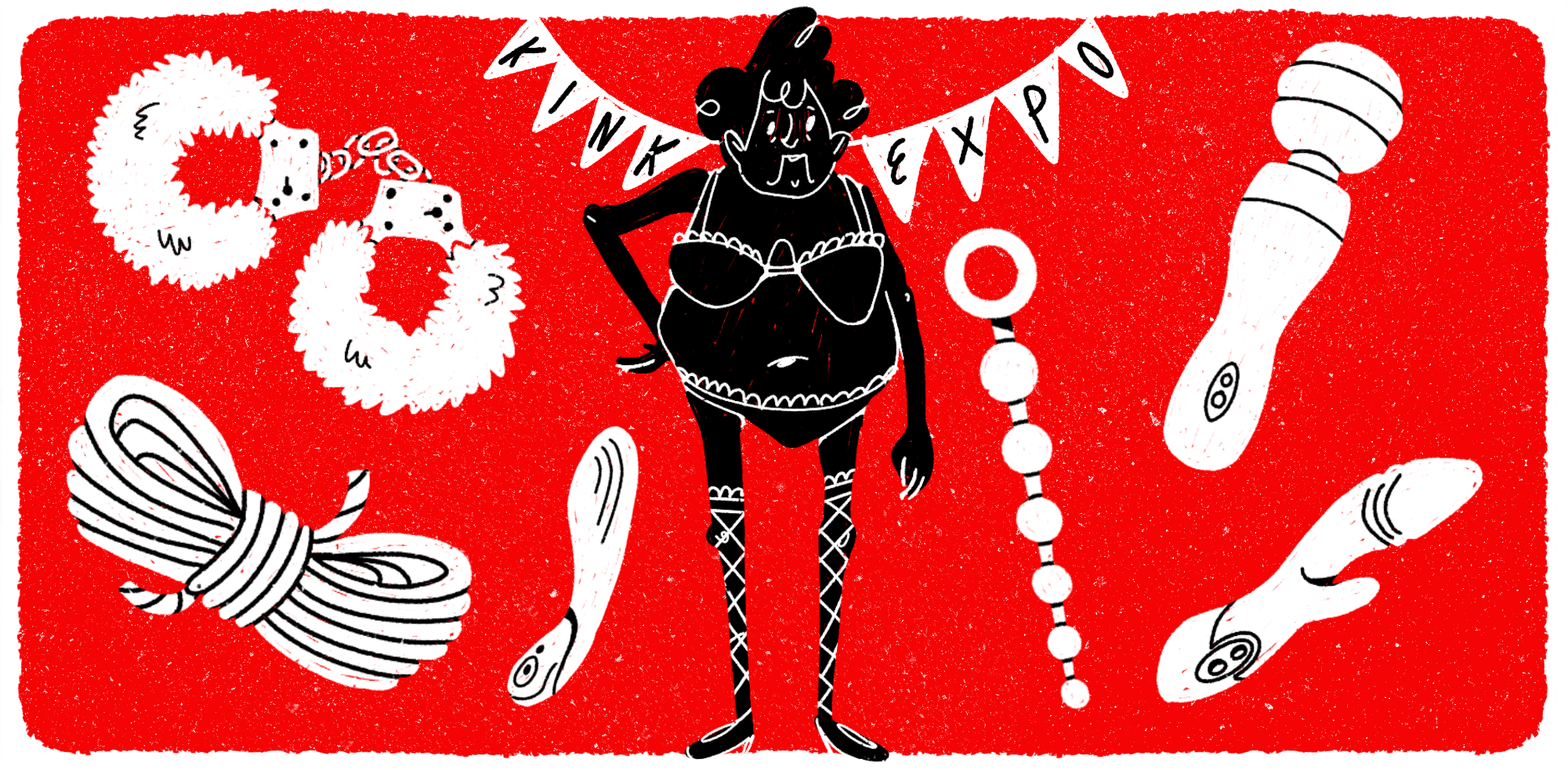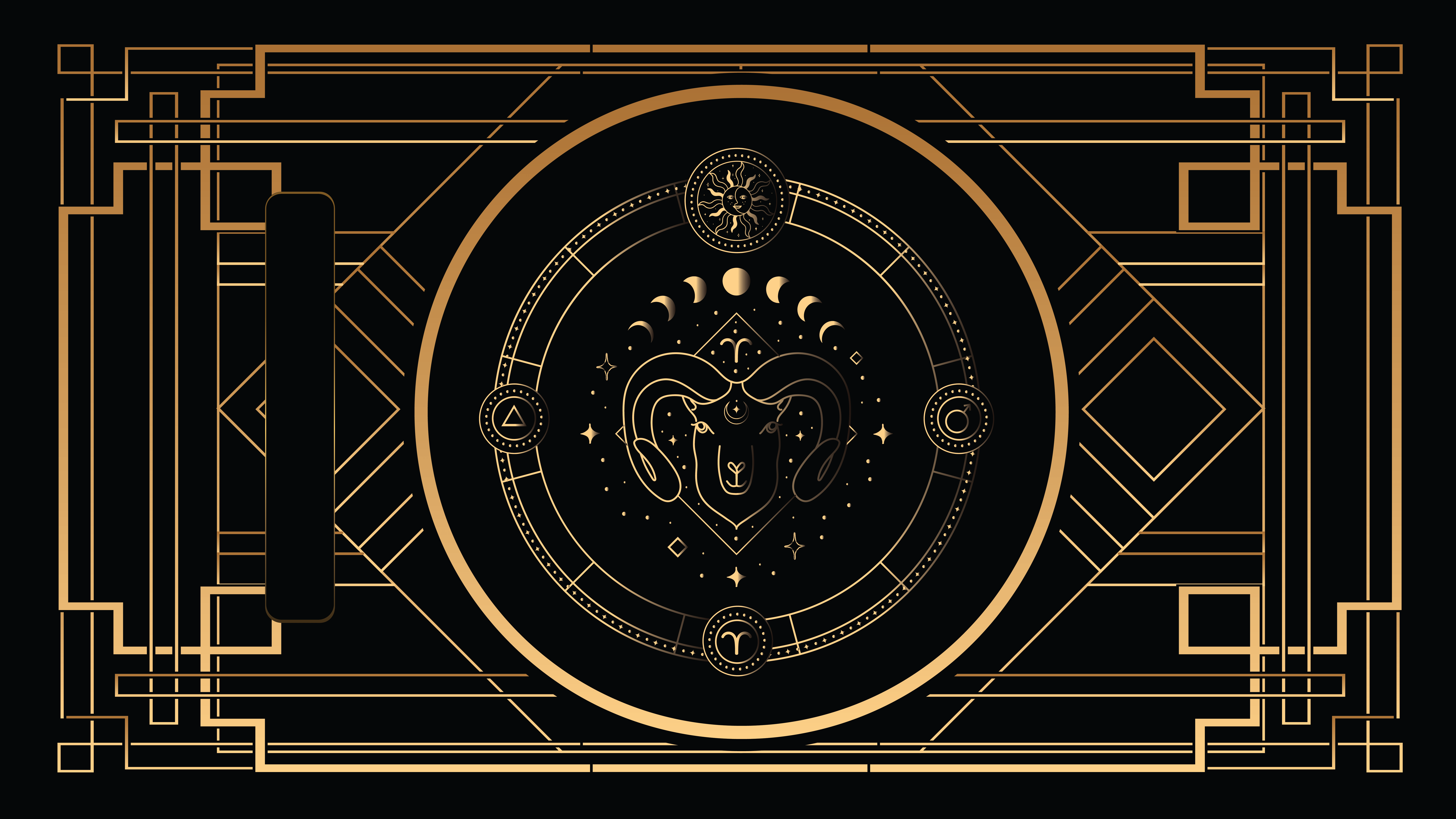
Kevin Omni Awards Ball, March 31, 2007. Photograph by Drury Brennan.
The Masterpiece Ball
Madonna’s anthem hit “Vogue” may have spawned countless club-goers ready to strike a pose, but few may know the rich history behind the ubiquitous pop song. House balls or vogue balls have been around in various forms for nearly a century, originating in New York City. Underground drag performance competitions with a predominantly black and Latino male participatory audience, house balls consist of dancing and strutting, with “realness,” an over-the-top nod to “passing” being the ultimate goal. This May, a house ball comes to SAIC.
Featuring highly ritualized and formalized rules and structures, members of the community are usually part of a “House” headed by a House Mother and House Father. Throughout a ball, dress categories are called out (“executive realness,” for example, or “fem queen”), and competitors walk the runway before a rowdy audience and a panel of six judges.
House balls take place across the United States, including at various venues in Chicago’s South Side. Sunday, May 4 will be the first time SAIC will play host to a house ball, thanks to second-year VCS graduate student Zephyr Pfotenhauer, who teamed up with Solomon Inifiniti, House Mother for the Legendary House of Infiniti, to bring ball culture to the MacLean Ballroom as part of her final thesis project.
Pfotenhauer attended her first ball a year and a half ago with her photographer roommate Drury Brennan, who’d been invited by one Hairpiece Cavalli, a glamorous boy he’d met at a Humboldt Park bus stop. The ball was in an old warehouse at State and Cermak, and, it’s safe to say, the two stuck out like a sore thumb.
Pfotenhauer elaborates: “We hardly talked to anyone, but everyone noticed we were there as we were the only white kids, and I was the only woman in the room. We were both blown away.” They began attending balls more frequently, and eventually Pfotenhauer and Brennan were invited to join the House of Infiniti, although they have both decided to remain “free agents.”
Says Pfotenhauer, “Solomon is really into balls not being just a black queer thing, but open to everyone. He was really into the idea of us walking for his house because we could portray things that other people couldn’t, by virtue of my being a white woman and Dru being a straight white boy.”
Although walking the runway at a house ball is all about energetic performance and display, “passing” is still part of the goal. “Realness,” very often part of a costume category, is, according to Pfotenhuer, “really related to the idea of passing, which is an important concept in the gay and especially trans communities. It’s taking the idea of passing and performing it up, so that you’re doing it better than real, in a way.”
Pfotenhauer herself takes on a persona when attending Balls, “wearing black and white business-woman attire and furs. Kind of playing up the idea of the privileged white woman, not to avoid it but to stereotype it in a sense,” she says.
The bridging of these two communities, house balls and SAIC, is certainly not without its difficulties. In a city so racially and socially segregated, what goals do Pfotenhauer and Infiniti have for this collaboration? Pfotenhauer concedes that it is a tricky subject, but recognizes these issues “are the most interesting and problematic parts of this project. The balls have been pretty much underground, and I’ve been recognizing a lot of differences in the ways that my peers think of things being underground as a sort of good thing. With the balls, they’re underground because they don’t have access to the media we have, or the economic options. And so they’re underground by default.”
Despite the lack of a paparazzi-laden red carpet, house balls are all about glamor, fashion and strutting—not exactly a venue for wallflowers. Pfotenhauer elaborates, “A big reason people go to these balls is to showcase their talents. They want to be seen, want to be heard. They want to enter the industry in some way. Visibility is really important.”
Although the balls obviously exhibit a desire for exposure in some capacity, there are, Pfotenhauer readily admits, “views from both sides, including the fear that the culture is being co-opted.”
There will be an artistic bent to The Masterpiece Ball at SAIC, with most of the categories including nods to the art world. Certainly in many respects an art school is a fitting venue for a house ball, a space in which creativity should run wild. So what kind of mixed scene does Pfotenhauer anticipate?
“I have no idea what to expect,” she says, “but it should be really interesting. There’s never been a house ball in Chicago that has so many outsiders.”
Detail
The Masterpiece Ball
May 4, 2 pm – 11 pm
MacLean Center Ballroom
112 S. Michigan Ave.
tickets available through Ticketmaster, $20 in advance, $30 at door
www.masterpieceball.com




















